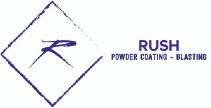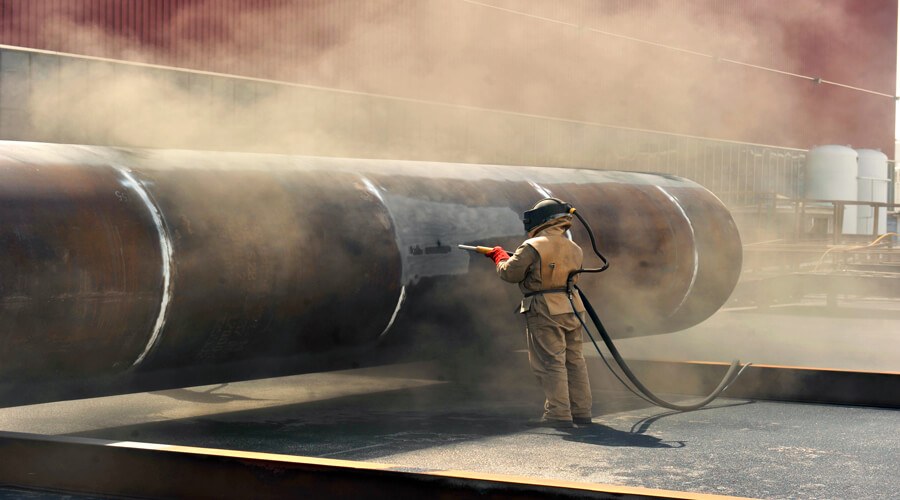Sandblasting in Indianapolis involves smoothing and cleaning a hard surface, removing rust and other contaminants from the surface. In this process, you force solid particles across the hard surface using compressed air at high speeds. Sandblasting is also referred to as bead blasting, abrasive blasting, or shot blasting. Among sandblasting uses is to quickly remove rust, paint, and residues that result from oxidation. That is not all; it can be used to alter a metal surface’s condition, like removing scratches or even casting marks. It is not a new cleaning technique; it has been in existence for decades and has grown widely used by people worldwide. Sandblasting or abrasive blasting in Indianapolis comes in two kinds: pressure blast systems and suction or siphon systems.
Additionally, there are two types of sandblasters; the portable blaster and the blast cabinets. There are four main components; dust collector, the blasting media, an air source, and the sandblasting cabinet for the blasting cabinet type of sandblasters. Blasting media are the materials that are used in sandblasting; an example of these materials is sand. The air source can be an air compressor or bottle glass. As its name suggests, a dust collector collects dust from the cabinet while the blasted object is held in the sandblasting cabinet.
There are two categories of sandblaster materials; materials used as abrasives and sandblaster materials are mostly used. These materials that are mostly used are the ones that usually undergo the sandblasting process. These materials include silver, glass, stone, metals, wood and plastics, steel, brass, aluminum, pewter. Despite being to remove rust and other contaminants from surfaces, sandblasting cannot be used on diamonds because it has a hard surface, and a sandblaster cannot withstand that pressure. Otherwise, the other stones can undergo sandblasting to create carvings on pillars of monuments or memorial stones. In metals, it dislocates rust or acts as adhesion of adhesives and coatings. It is used for decorative purposes on plastic materials, and yet it removes paint, dirt, and oil on wood and brick materials.
The second category of materials in a sandblaster is the materials used as abrasives, the blast media. They include plastic pellets, glass beads, silica sand and silica carbide, walnut shells, garnet, and aluminum oxide. The cost regarding the abrasive media or materials used to sandblast varies from material to material. Silica sand is among the cheapest abrasive a customer can ever find. Silica carbide lasts about 50 times over silica sand. Aluminum oxide has a static charge and creates an impact that is approximately 40 times more than silica sand. Aluminum oxide can break the material giving it a round appearance. All these are good options; however, silica carbide has few advantages over aluminum oxide; it has no static charge, can fracture a material faster, and provides a sharp edge for the material. Additionally, you can apply hoses and nozzles quickly.

